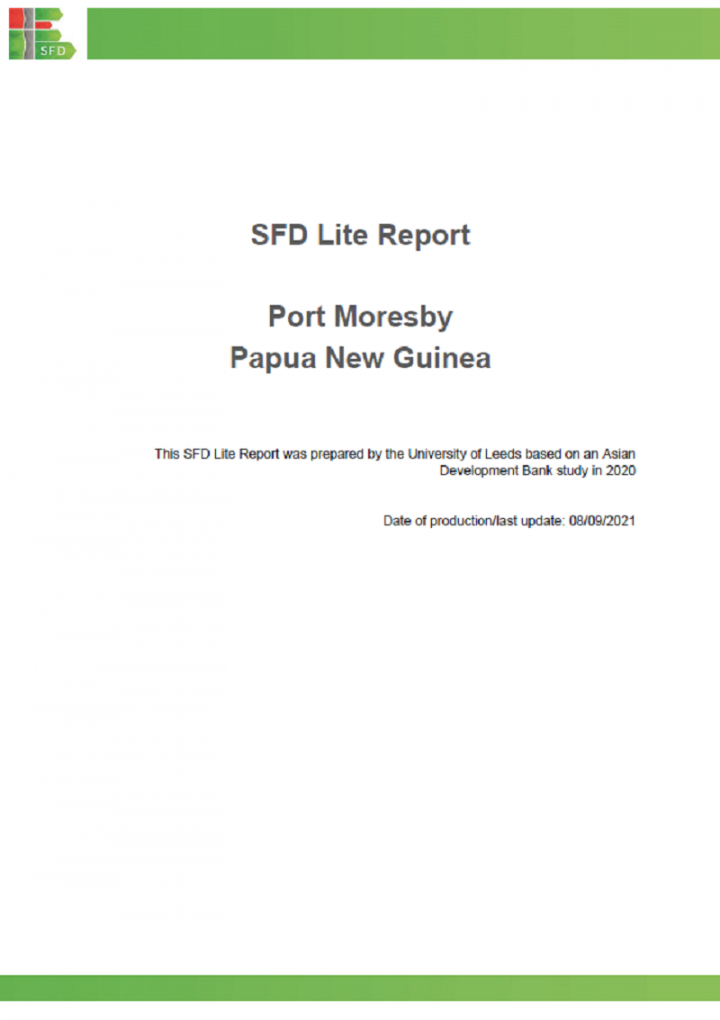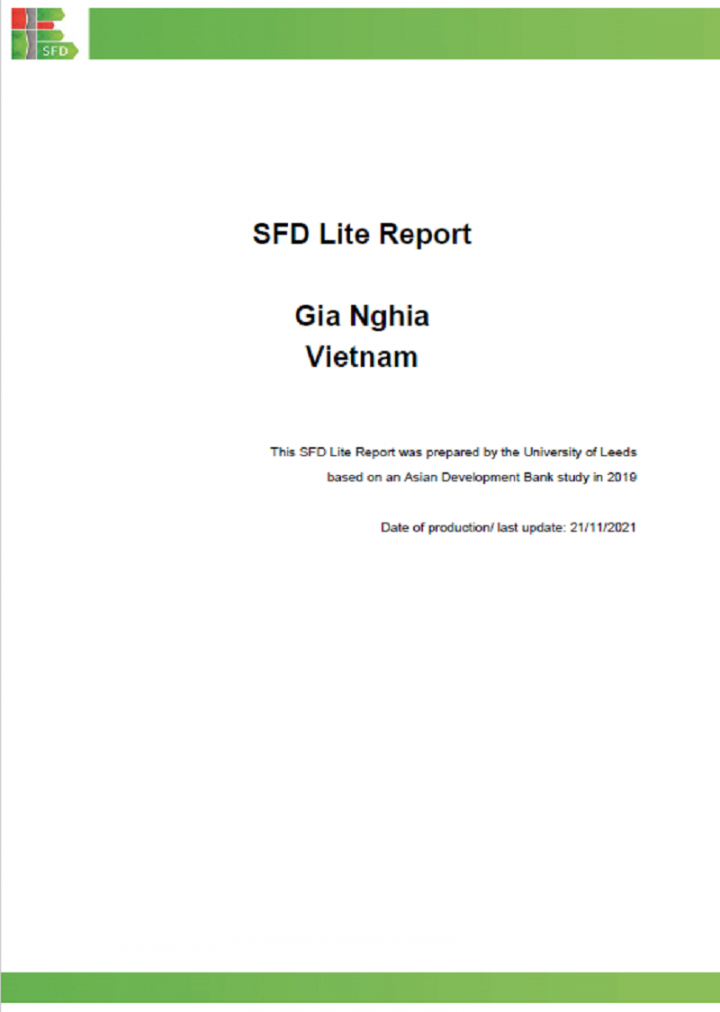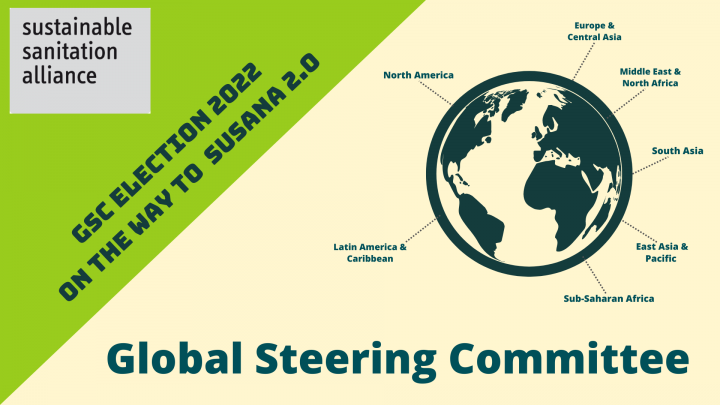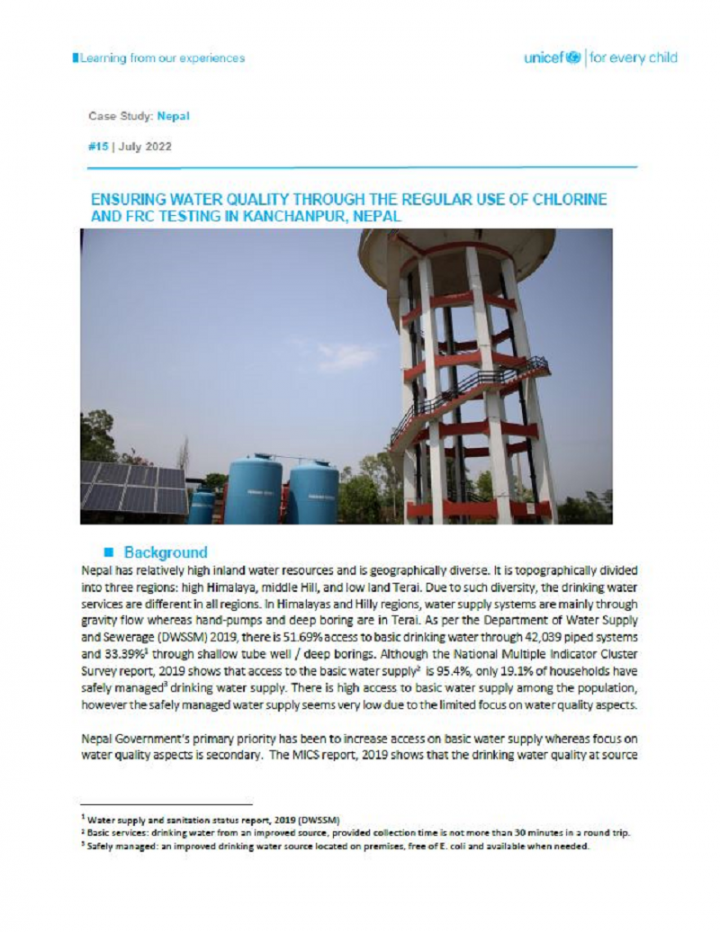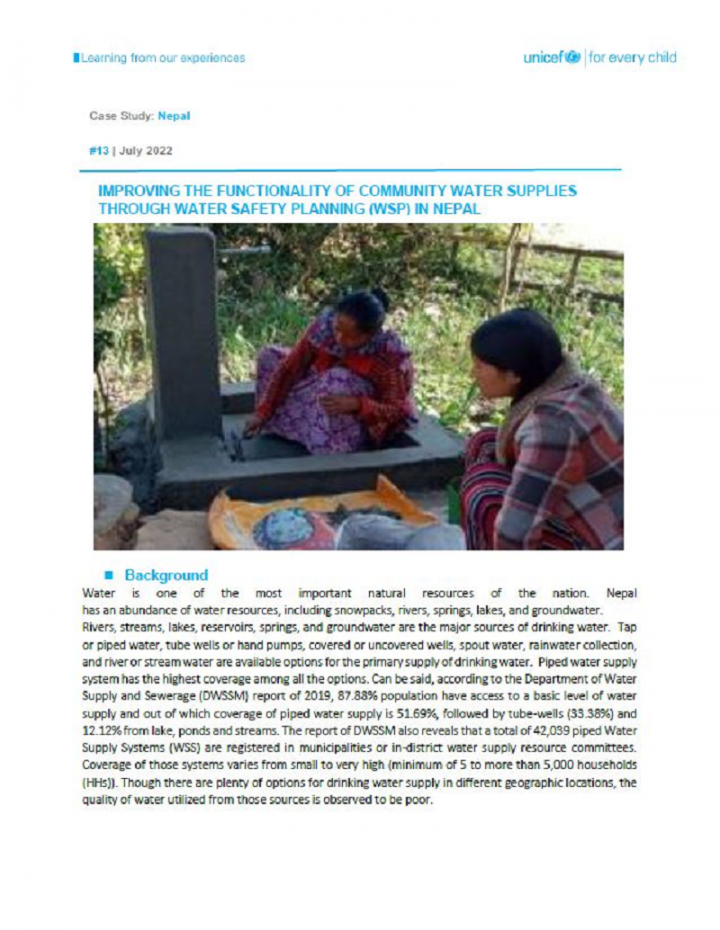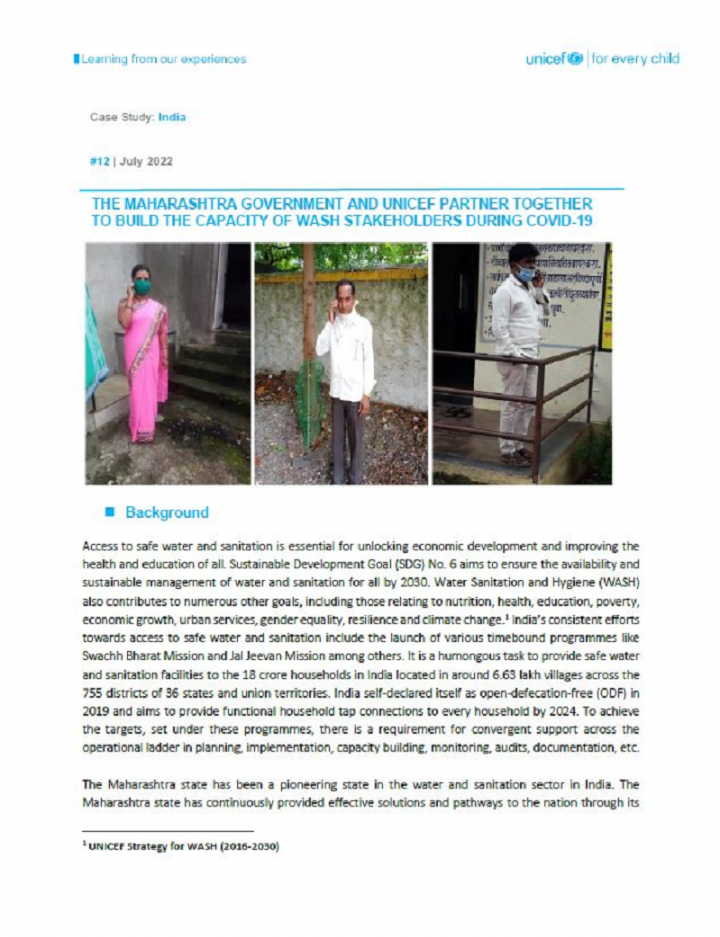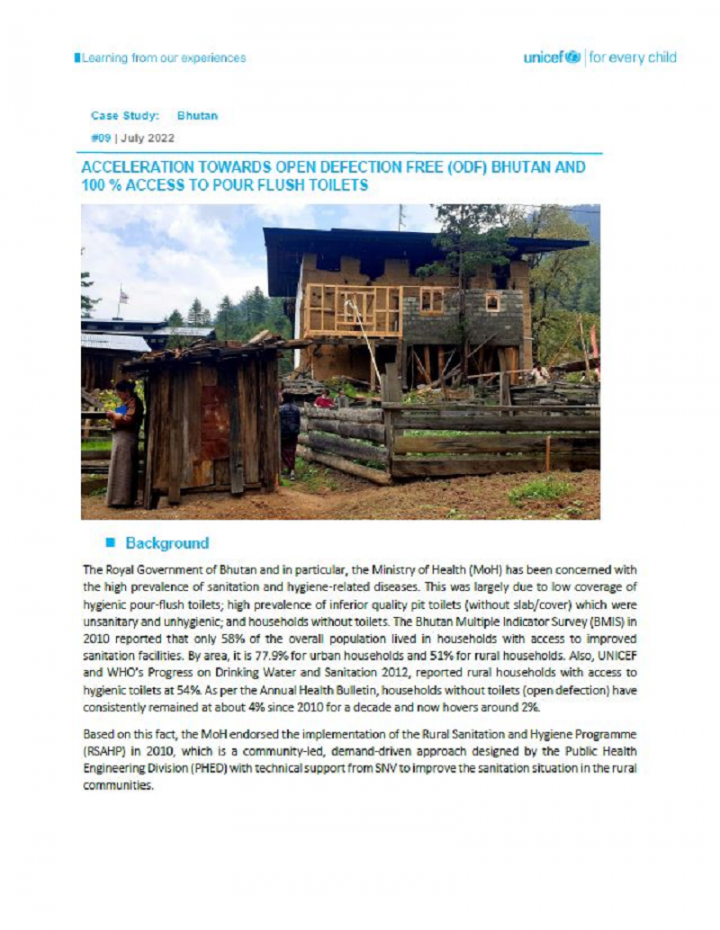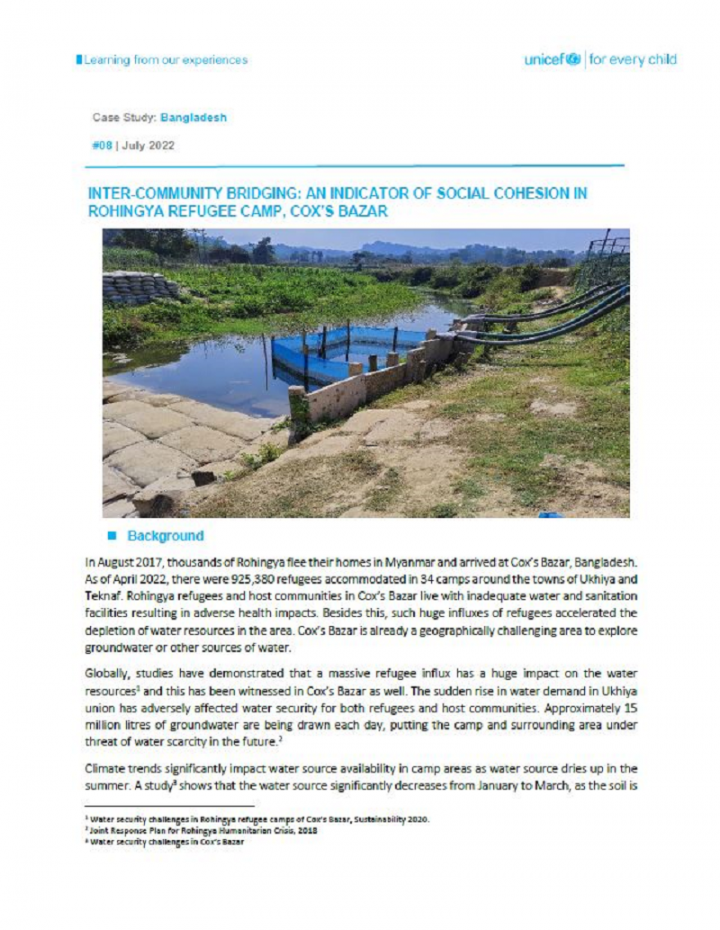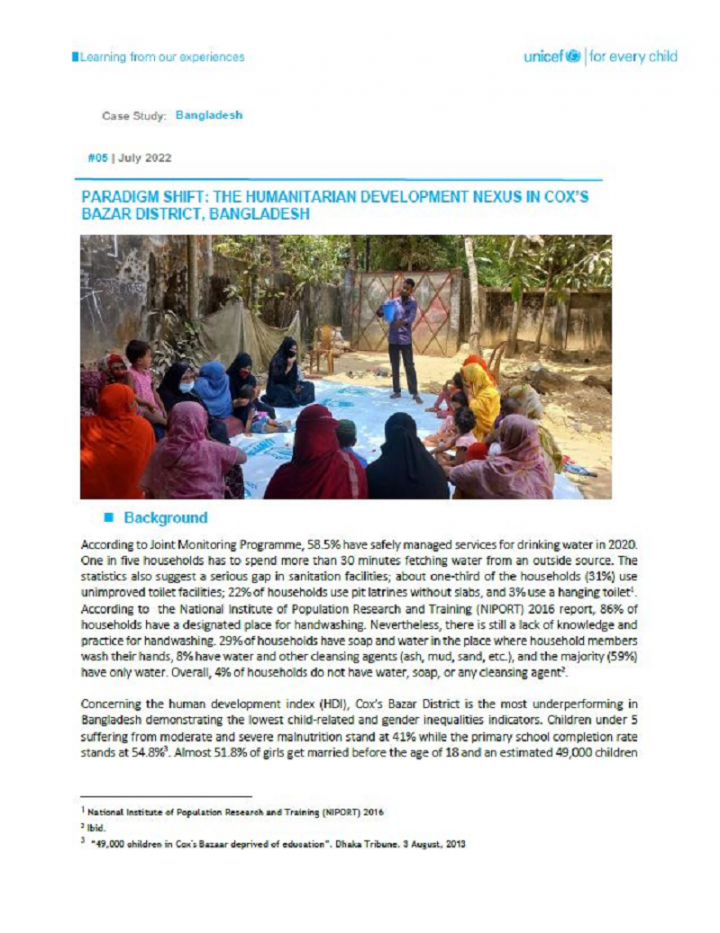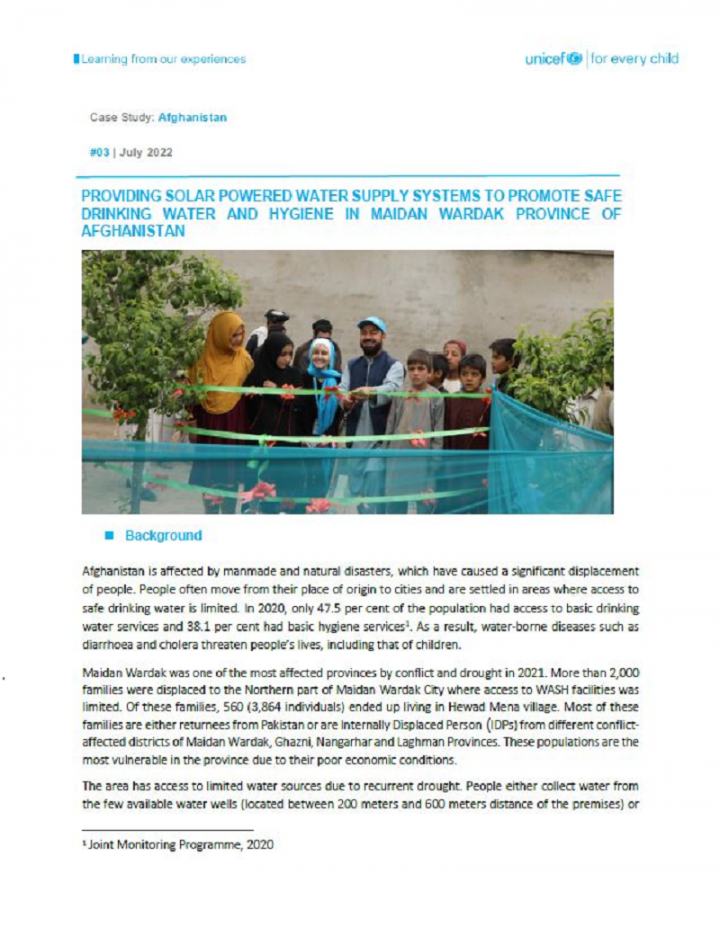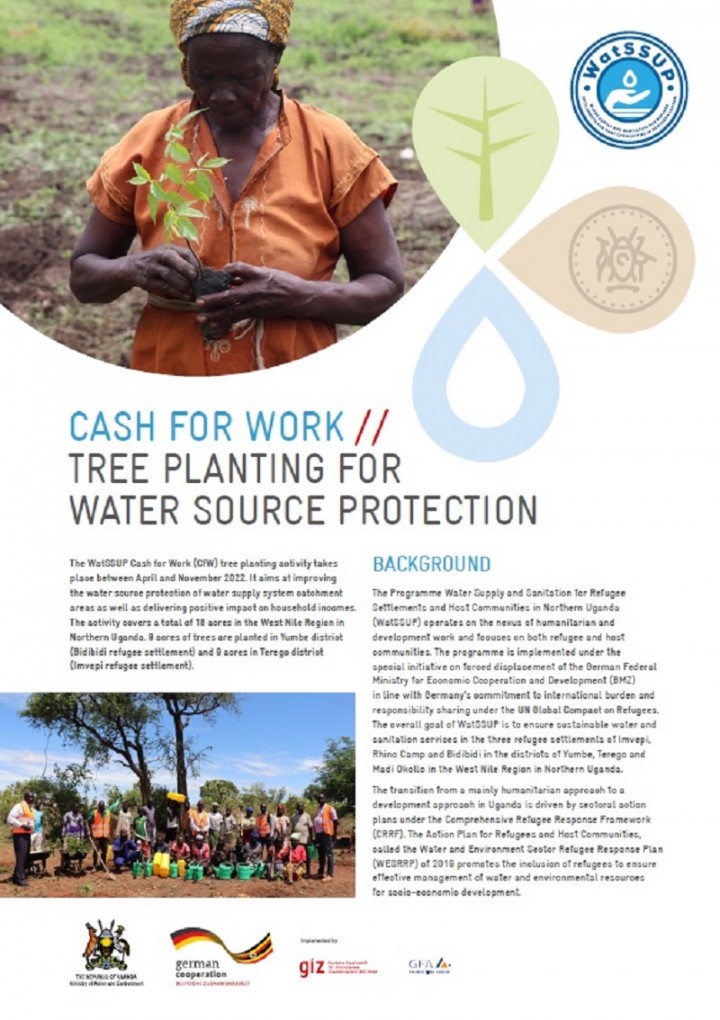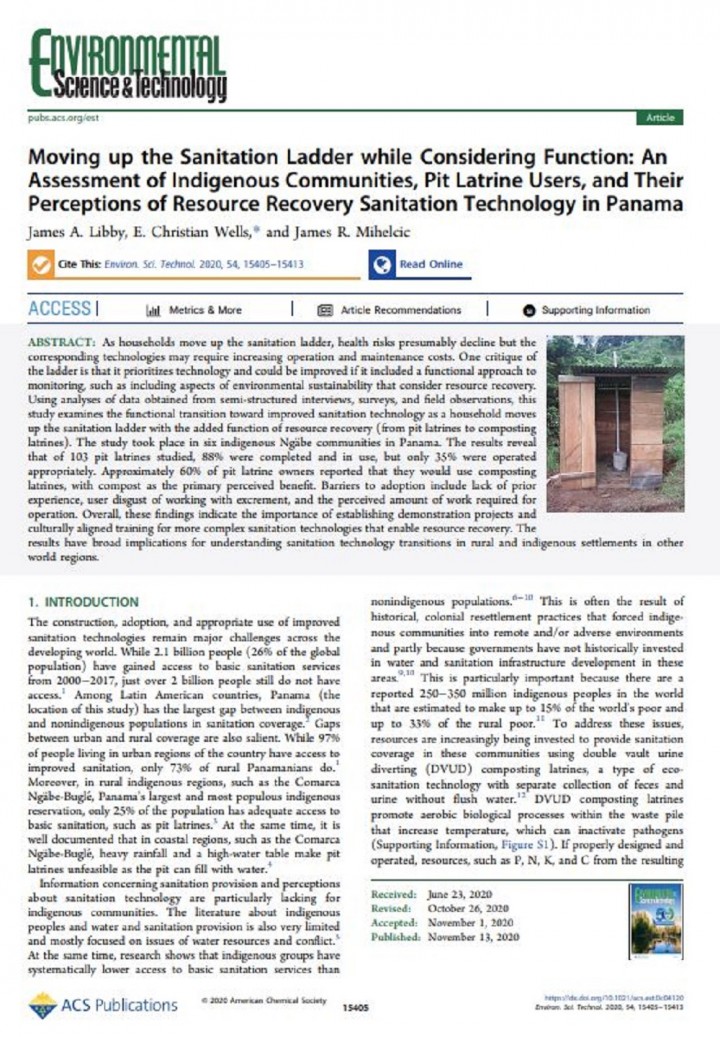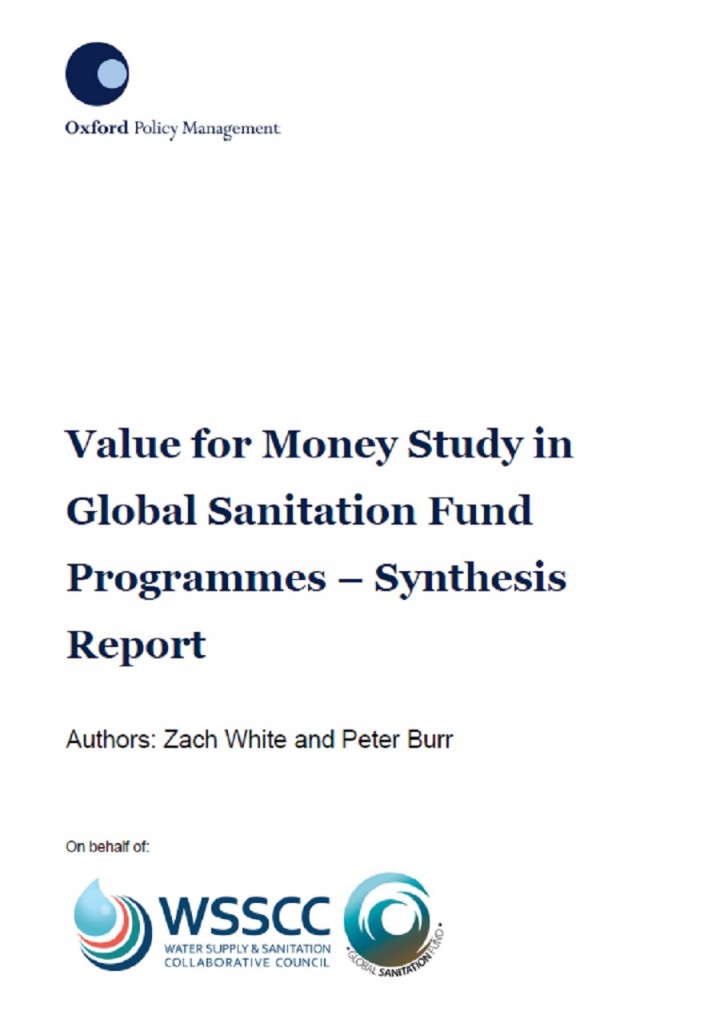Searching for information on Sanitation Workers?
The Sanitation Workers Knowledge + Learning Hub is the best source for all current news, trends, articles and updates on sanitation workers rights around the world.
Punta del Diablo is located on the Atlantic Ocean coast of Uruguay in the department of Rocha. The city is made up of six large sub-divisions: Punta del Diablo, Coronilla del Mar, Aldea del Mar, Santa Teresa de la Coronilla, Parque Santa Teresa and Santa Teresa (D&A and EP, 2021). For this report, a total population of 23,128 is estimated. Comprising a resident population of 2,000 people and a …
This SFD covers the administrative “National Capital District” of Port Moresby, the capital city of Papua New Guinea. According to the 2011 Census, the population was 364,125 and the population growth rate was 3.3%. The predicted population in 2020 was 503,795, no further census data are available. This is likely to be around 65,800 households. Most of the population growth is within the …
Gia Nghia is a small but quickly growing and urbanising town. 87% of households have water supply provided on premises with projects underway to bring this to over 90%, and 100% of the population has access to a sanitation system (no open defecation is reported). Waste stabilisation ponds were constructed to treat wastewater, but these are not operational due to a lack of connections to the sewer …
The SuSanA Secretariat and the Interim Steering Committee (ISC) officially announced the Election Results of the first Global Steering Committee (GSC) on Friday, 21st of October, from 2-2.30 pm CEST.
Thanks to the 247 SuSanA Members that casted their vote, for supporting us in this process! We hope to achieve an even higher turnout in the next GSC elections.
SuSanA would not exist and be …
Nepal has relatively high inland water resources and is geographically diverse. It is topographically divided into three regions: high Himalaya, middle Hill, and low land Terai. Due to such diversity, the drinking water services are different in all regions. In Himalayas and Hilly regions, water supply systems are mainly through gravity flow whereas hand-pumps and deep boring are in Terai. As per …
The right to water and sanitation entitles everyone to have access to sufficient, safe, acceptable, physically accessible, and affordable water for personal and domestic use. In 2010, the UN General Assembly and the Human Rights Council recognized clean drinking water and safe sanitation to be human rights, essential to the full enjoyment of life and all other human rights. Additionally, …
Water is one of the most important natural resources of the nation. Nepal has an abundance of water resources, including snowpacks, rivers, springs, lakes, and groundwater. Rivers, streams, lakes, reservoirs, springs, and groundwater are the major sources of drinking water. Tap or piped water, tube wells or hand pumps, covered or uncovered wells, spout water, rainwater collection, and river or …
Access to safe water and sanitation is essential for unlocking economic development and improving the health and education of all. Sustainable Development Goal (SDG) No. 6 aims to ensure the availability and sustainable management of water and sanitation for all by 2030. Water Sanitation and Hygiene (WASH) also contributes to numerous other goals, including those relating to nutrition, health, …
Chhattisgarh is a state in central India. Water contamination has always been a matter of grave concern in numerous areas of Chhattisgarh. Groundwater here faces contamination with fluoride, iron, turbidity, arsenic, nitrate, etc. Monitoring groundwater quality is essential through representative sampling in different hydrological units. The chemical water quality is monitored by Central Ground …
The Royal Government of Bhutan and in particular, the Ministry of Health (MoH) has been concerned with the high prevalence of sanitation and hygiene-related diseases. This was largely due to low coverage of hygienic pour-flush toilets; high prevalence of inferior quality pit toilets (without slab/cover) which were unsanitary and unhygienic; and households without toilets. The Bhutan Multiple …
In August 2017, thousands of Rohingya flee their homes in Myanmar and arrived at Cox’s Bazar, Bangladesh. As of April 2022, there were 925,380 refugees accommodated in 34 camps around the towns of Ukhiya and Teknaf. Rohingya refugees and host communities in Cox’s Bazar live with inadequate water and sanitation facilities resulting in adverse health impacts. Besides this, such huge influxes of …
Bangladesh is the eighth-most populous country in the world, with a population exceeding 166 million people in an area of 147,600 square kilometres making it one of the most densely populated countries in the world.
About a million Rohingyas have fled due to the ethnic cleansing in Myanmar and sought refuge in Bangladesh. The refugees are in temporary settlements in hilly areas of Cox’s …
Globally, at least two billion people use a drinking water source contaminated with faeces1. As result of microbial contamination with faeces, it poses the greatest risk to drinking-water safety. In 2010, the UN General Assembly explicitly recognized the human right to water and sanitation. Everyone has the right to sufficient, continuous, safe, acceptable, physically accessible, and affordable …
According to Joint Monitoring Programme, 58.5% have safely managed services for drinking water in 2020. One in five households has to spend more than 30 minutes fetching water from an outside source. The statistics also suggest a serious gap in sanitation facilities; about one-third of the households (31%) use unimproved toilet facilities; 22% of households use pit latrines without slabs, and 3% …
Afghanistan is affected by manmade and natural disasters, which have caused a significant displacement of people. People often move from their place of origin to cities and are settled in areas where access to safe drinking water is limited. In 2020, only 47.5 per cent of the population had access to basic drinking water services and 38.1 per cent had basic hygiene services1. As a result, …
The GIZ Programme Water Supply and Sanitation for Refugee Settlements and Host Communities in Northern Uganda (WatSSUP) operates on the nexus of humanitarian and development work and focuses on both refugee and host communities. The programme is implemented under the special initiative on forced displacement of the German Federal Ministry for Economic Cooperation and Development (BMZ). This is in …
The GIZ Programme WatSSUP operates on the nexus of humanitarian and development work and focuses on both refugee and host communities. The programme is implemented under the special initiative on forced displacement of the German Federal Ministry for Economic Cooperation and Development (BMZ) and implemented by GIZ in line with Germany’s commitment to international burden and responsibility …
The GIZ Programme WatSSUP operates on the nexus of humanitarian and development work and focuses on both refugee and host communities. The programme is implemented under the special initiative on forced displacement of the German Federal Ministry for Economic Cooperation and Development (BMZ) and implemented by GIZ in line with Germany’s commitment to international burden and responsibility …
The WatSSUP Cash for Work (CfW) tree planting activity takes place between April and November 2022. It aims at improving the water source protection of water supply system catchment areas as well as delivering positive impact on household incomes. The activity covers a total of 18 acres in the West Nile Region in Northern Uganda. 9 acres of trees are planted in Yumbe district (Bidibidi refugee …
The present document consists of an addendum of data to the Handbook of Methods for Faecal Sludge Analysis. It is part of a project funded by the Bill & Melinda Gates (BMGF) through the OPP1164143, untitled “Characterization of faecal material during drying”. This project was granted for funding after the 5-years Transformative Technologies convening at the BMGF headquarters in 2016, where …
The focus of this Compendium is on the range of urban and periurban technologies that can be provided and managed as a utility service. Accordingly, we refrain from highlighting various pit latrine technologies as information about them are widely available in the English, French and Spanish Compendia, including the more interactive online version entitled “Sanitation Systems Perspective” …
As households move up the sanitation ladder, health risks presumably decline but the corresponding technologies may require increasing operation and maintenance costs. One critique of the ladder is that it prioritizes technology and could be improved if it included a functional approach to monitoring, such as including aspects of environmental sustainability that consider resource recovery. Using …
Water and sanitation (wastewater) infrastructure in the United States is aging and deteriorating, with massive underinvestment over the past several decades. For many years, lack of attention to water and sanitation infrastructure has combined with racial segregation and discrimination to produce uneven access to water and wastewater services resulting in growing threats to human and …
This report is the final output of the ‘Value for Money Study in Global Sanitation Fund Programmes’, hereafter ‘the VFM-GSF project’, funded by the Water and Sanitation Supply Collaborative Council (WSSCC)/Global Sanitation Fund (GSF).
The stated objectives of the project were threefold:
1. To assess GSF-funded sanitation and hygiene implementation programmes to gauge current levels …


